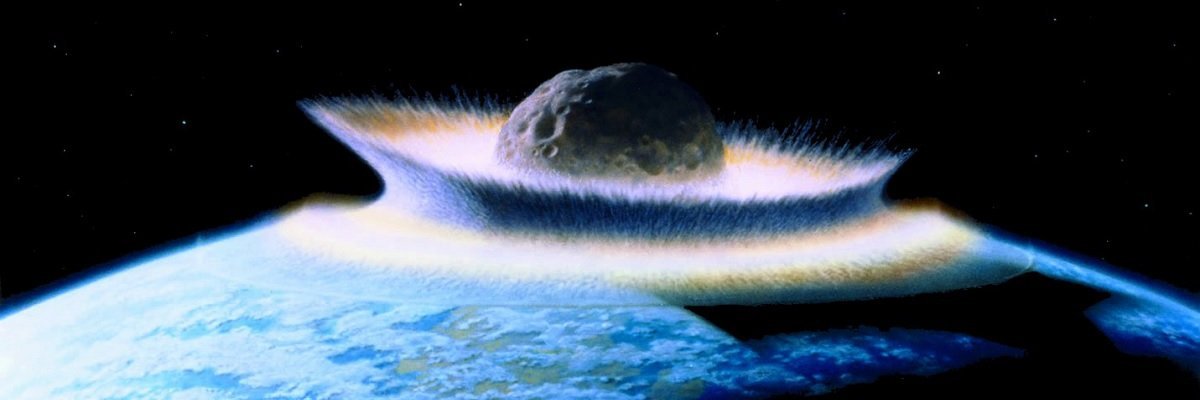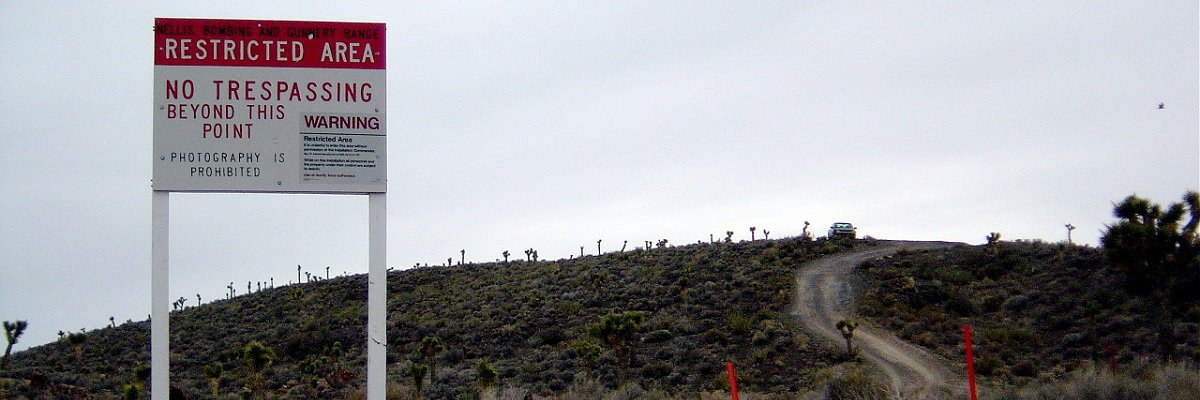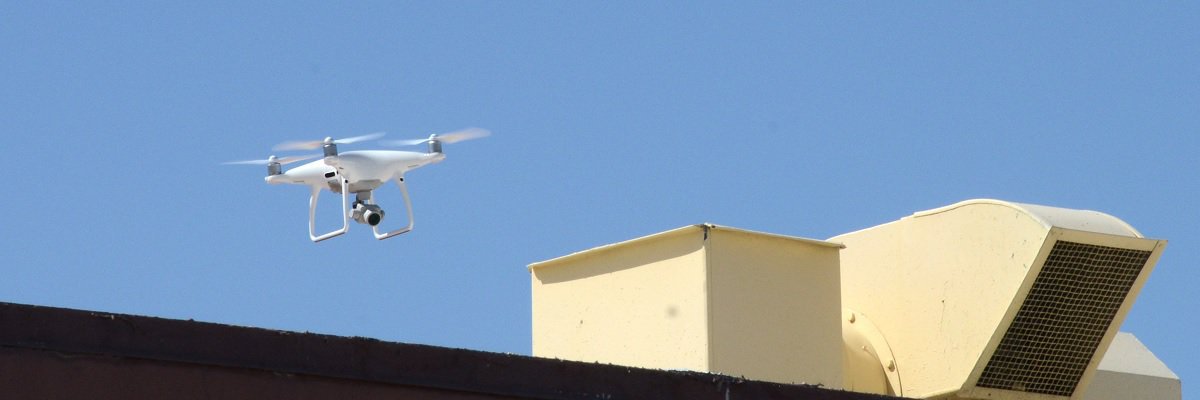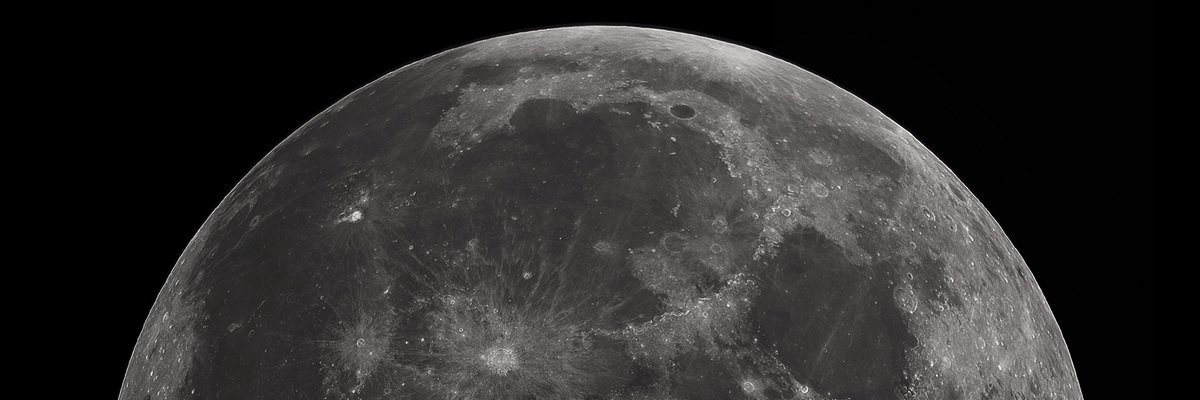Today is January 19, 2017. Tomorrow is January 20, 2017, the Presidential Inauguration. Ahead is the future, unknown, but tomorrow, thousands will gather in our nation’s capital, millions more will watch on television, as the beginning of the rest of our lives is ushered in with tunes from the turn of the millennium: Toby Keith, Three Doors Down, the runner-up from “America’s Got Talent.”
This, like, our Y2K hysteria, will probably not usher in the end times. It isn’t, after all, as though we’re headed for Armageddon.
And even if we were, in the strictly Michael Bay sense - well, if it happens tomorrow, we’ll be in trouble. But, okay, wait a second, guys, if it happens in, like, four years, we’d maybe be okay. Because, get this, we’ve got people working on it.

The Federal Emergency Management Agency - most popularly known for their work during major hurricanes, major protests, and other major disasters - recently announced it had joined NASA and others to estimate its ability to counter potentially planet-threatening flying rocks. It’s not FEMA’s responsibility to keep an eye on the incoming offender - it’s just its job to clean up after the mess it makes. And so, in a series of exercises with NASA’s Jet Propulsion Laboratory, the Department of Energy, the U.S. Air Force, and the California Governor’s Office of Emergency Services, they found that there are few complications when it comes to dealing with artifacts from outer space.
They can know, for example, when it will hit - they just may not where until days before. Sure, they can see it coming from a long way off - except for the times that they can’t. And knowing thy enemy by no means means having any clue of what to do or how to do it when the time actually comes.
NASA already has a pretty good sense of where all the really big Near Earth Objects (NEO) are, but it’s working to fill out its inventory of slightly larger ones. And it’s made official its role in protecting us from attacks from above in a new Planetary Defense Coordination Office (PDCO). It’s also working on vetting potential asteroids for further study, with the hopes of eventually understanding how asteroids move and how we can make them bend to our will - or the shared will of the Western world, since this is a group effort with the European Space Agency.
MuckRock wants to know how we’re prepping for such a possible impending danger. You too? We’ve filed a few requests with NASA and everyone who got to attend the asteroid avoidance training, and you can receive up-to-the-minutes updates by choosing the “Follow” option at the top of each page.
Stay safe, everyone!
Read FEMA and NASA’s 2014 “Asteroid Impact Tabletop Excercise” report embedded below:
Image via Wikimedia Commons




